South Australia’s top drop demanding top dollars
It’s one of our worst-kept secrets — SA is home to some of the world’s finest wine and whiskey. But even among the best, there’s class above. Explore the world of our super premium products.
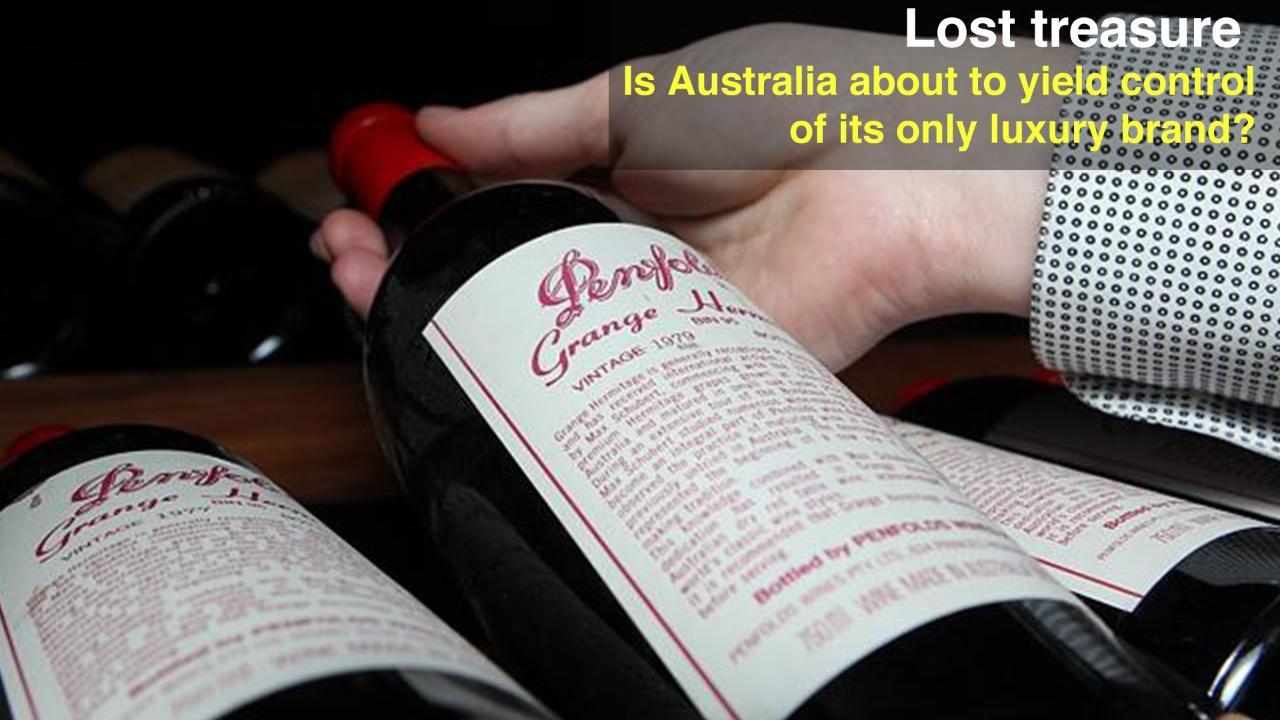
SA Business
Don't miss out on the headlines from SA Business. Followed categories will be added to My News.
Observant visitors to the Torbreck cellar door in Marananga in the Barossa Valley might notice there’s one wine that sticks out from the crowd, if just a little bit.
While the rest of the range is presented with a uniform eggshell-coloured label, differentiated mostly by the name and vintage of the wine, The Laird strikes a note with its jet-black branding — a photographic negative of its peers.
And it sits alone in pricing, as well.
At $750 a bottle for the 2013 vintage, it’s a cut above even Torbreck’s RunRig — described by The Wine Advocate as “a masterpiece”.
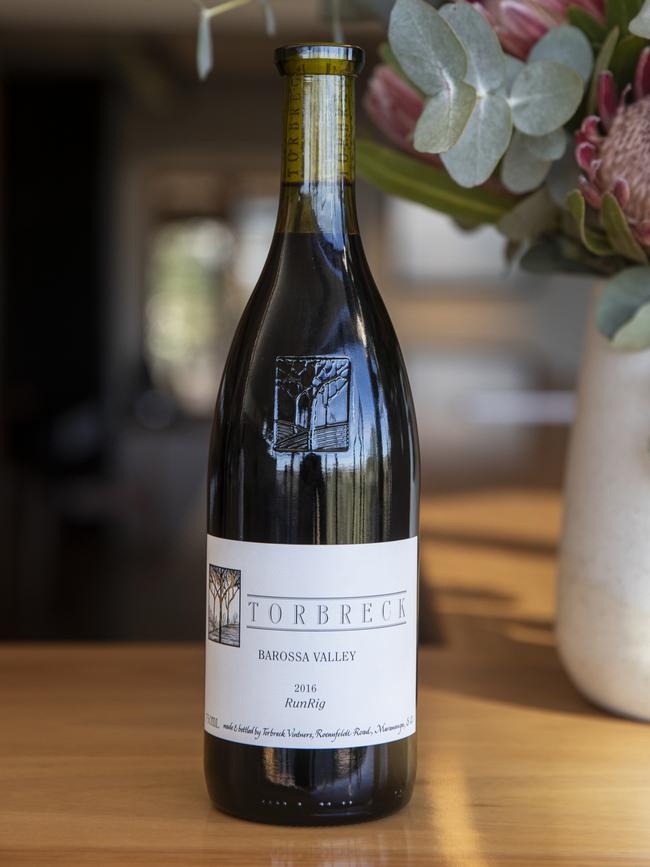
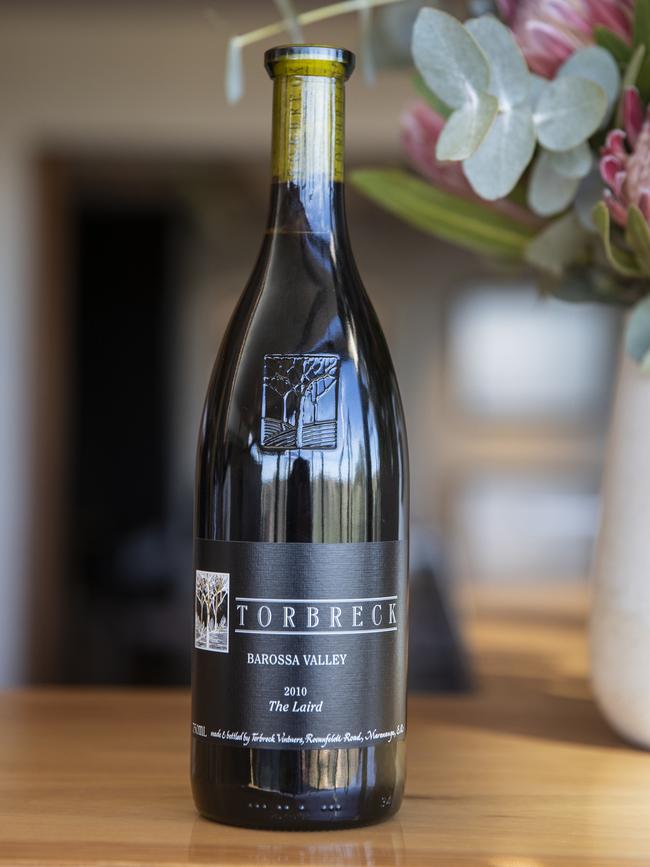
The Laird, like others in a small collection of South Australian wines and spirits, sits on another plane.
In a state where we are spoiled for choice with excellent wines, ports and spirits at reasonable prices, there is a rarefied group of bottles prized world over because, well, they’re a little bit special. And they’re a little bit pricey — some ridiculously so.
So why would you pay hundreds, thousands, even hundreds of thousands for a bottle of wine, and what are they? The Advertiser unpacks the stories behind some of our state’s most expensive drops
Torbreck — The Laird and RunRig
If you have a lazy $34,900 sitting around and a special occasion coming up, the 27-litre “goliath” of The Laird, currently residing at the Torbreck cellar door, might be for you.
Torbreck brand manager Michael van der Sommen says the winery has always had a tradition of bottling large format wines.
But The Laird is a signature wine, regardless of the size.
One of the features of this small-batch shiraz is that there’s only ever going to be a limited supply.
This is not the case with blended wines such as Penfolds Grange, which is made from a variety of different vineyards and, in theory, supply can expand to fill demand as long as high-quality grapes are to be found.
Not so with The Laird.
Every bottle of this wine comes from the Gnadenfrei Vineyard, just 5ha in size, which was bought from the Seppelt family in 2013.
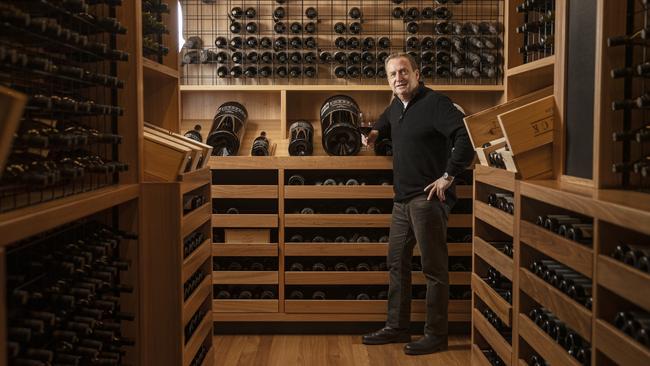
The vineyard was planted in 1958 and the specific microclimate produces exceptional results.
“These aged vines have been meticulously hand-tended, traditionally farmed and pruned by a grower with a lifetime’s experience on western Barossa soils of very dark, heavy clay loam over red friable clay,’’ Torbreck says. “The resulting low yields of small, concentrated shiraz berries make the vineyard the envy of all winemakers in the Barossa.’’
The wine is matured in Dominique Laurent so-called “magic casks” from France.
Such are the high standards for the wine that vintages are sometimes skipped, Mr van der Sommen says.
“If the season does not allow, we have been known to skip the entire release and declassify the wine. The Laird 2014 is a case in point. A good wine but due to rain around harvest it was not released as The Laird. That would’ve been a May 1 release this year. The 2015 will be highly anticipated in May 2020.’’
And the results are considered exceptional.
Both The Laird and RunRig have garnered rave reviews globally, with the former awarded perfect 100 point reviews for vintages 2005, 2008 and 2012.
Adelaide Hills Distillery Native Grain Whiskey, 1st release
Coming out of the blocks with a $450 whiskey could be seen as a bit cheeky, with this first release at a price point that many distilleries established for centuries charge for their premium product.
But once again, it’s not your run-of-the-mill spirit.
Firstly, there are only 141 bottles of the stuff on the planet. Secondly, it is indeed special. The hint is in the name.
Wine maker and distiller Sacha La Forgia spent years selecting the right species of indigenous wattleseed to use in the whiskey, then researched and developed a process to roast the grain to bring out the ideal flavour.

Mr La Forgia says many Australian distilleries are trying to be as Scottish as possible.
He instead posed the question: “What would an Australian whiskey involve?’’
“Early on I was driven not to replicate a whiskey perfected by another country, but to research and develop a whiskey that was totally reflective of Australia both in its modern form and tens of thousands of years of history,’’ he says.
Adelaide Hills Gin sources grain from indigenous-owned native food supplier Something Wild, which is majority-owned by the Motlop family, famous for their footballing prowess.
And it must taste all right, too. The first release took out a World Whiskey Award for Australia’s Best Grain Whiskey in March.
Penfolds Grange and other special editions
Arguably Australia’s best-known super-premium wine, both at home and abroad, Penfolds Grange has several claims on why it can demand $900 per bottle.
The first is, simply, a fascinating backstory.
The wine — originally Penfolds Grange Hermitage, now simply Penfolds Grange — was almost consigned to the scrapheap by company management back in the 1950s.
After a trip to France and Spain, winemaker Max Schubert developed his experimental wine but was soon told to shut it down.
“A very good, dry port, which no one in their right mind will buy — let alone drink,” one critic observed.
Schubert continued production in secret, and once management eventually saw the light, went on to establish the wine as the pre-eminent red in the nation.
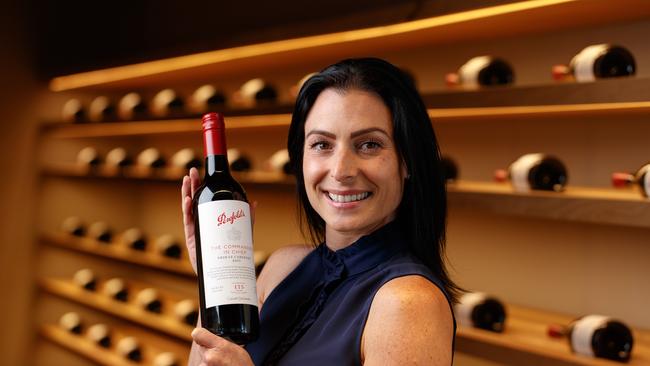
Beyond the story, and the wine itself, is also a team of innovators and craftspeople, led by the ever-charismatic Peter Gago, who counts heads of state and rock stars among the many he has poured for.
And the brand never fails to surprise.
While they’re not all strictly Grange, Penfolds frequently adds something special to each vintage release.
The one that will be hard to top is the 2012 $240,000 ampoule of 2004 Block 42 Cabernet Sauvignon, which Penfolds released in 2012.
Just a dozen were made, and when you’re ready to open it, Penfolds will fly out a senior member of the team to crack it for you.
Penfolds has its own book of tasting notes, The Rewards of Patience, and has previously been named World’s Most Admired Wine Brand.
So when someone invariably asks, “Why would you pay that much for a bottle of wine?”, there’s your answer.
Seppeltsfield Centennial Collection Tawny
While all of the preceding drinks are special in their own way, in terms of a product that it is literally impossible to now replicate, the Seppeltsfield Centennial Collection surely stands alone.
The Tawny (we can no longer call it port) is made of the finest grenache and shiraz parcels from the Seppeltsfield Estate Vineyards, but the real magic is in the age.
“The Seppeltsfield Centennial Collection is believed to be the world’s only unbroken lineage of single vintage wines spanning more than 130 consecutive vintages,’’ the Seppeltsfield website tells us.
“The story of the Centennial Collection began in 1878, when Benno Seppelt decided to lay down ‘a puncheon of my finest port to be untouched for 100 years’. The tradition of laying down a barrel of the finest wine from each vintage was continued every year following and continues to do so today. The Centennial Cellar now comprises an unbroken lineage of every vintage from the current year back to 1878.’’

The liquor is treacly and sweet, having lost a large percentage of its volume to evaporation over the years — what they call the Angel’s Share in the whiskey world.
You can buy a bottle from your birth year, or push it right back to the late 1800s, if your wallet extends that far.
While bottles of this journalist’s vintage will set you back $500 for a 100ml bottle (1970s), at the very top end of the scale the 1880 Para Vintage Tawny is priced at $7850 for a 375ml bottle. That’s just under $21 per ml.
So valuable is this viscous fluid that at a Langtons tasting in Adelaide in recent years, they were serving a newer vintage of the Tawny using pipettes.
THE JOURNALIST DID NOT, LAMENTABLY, TASTE ANY OF THESE PRODUCTS DURING PRODUCTION OF THIS ARTICLE.



